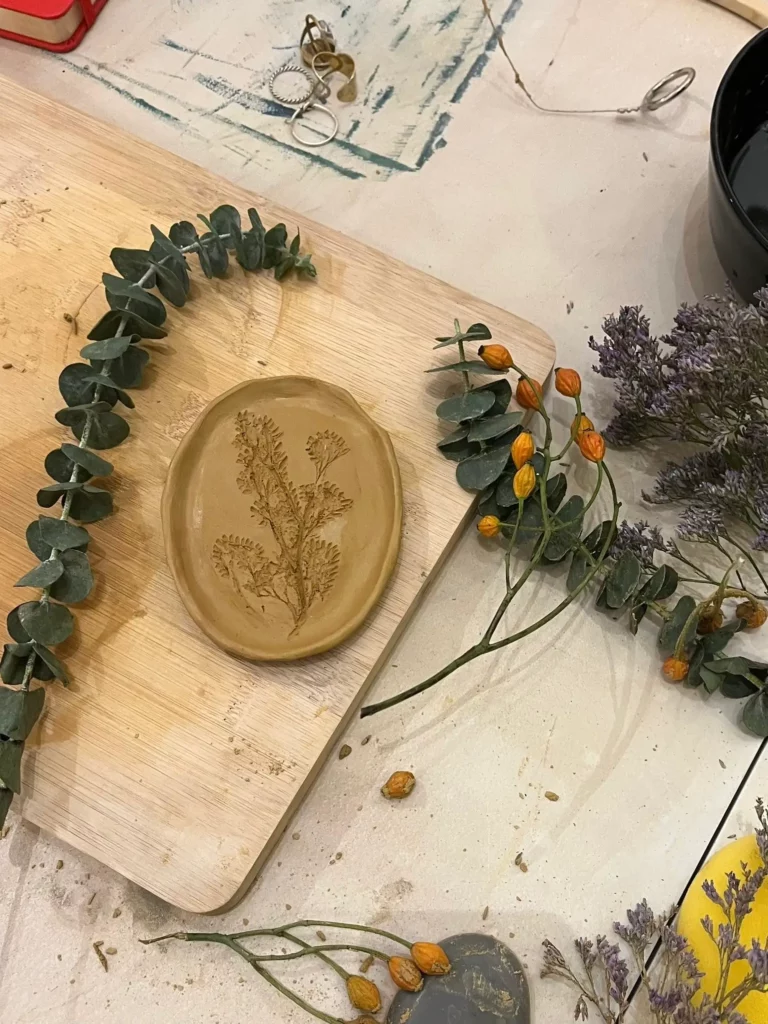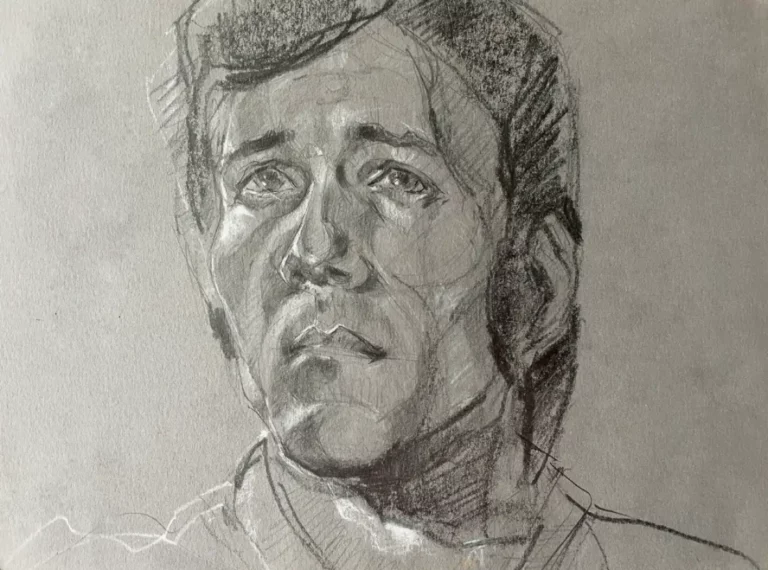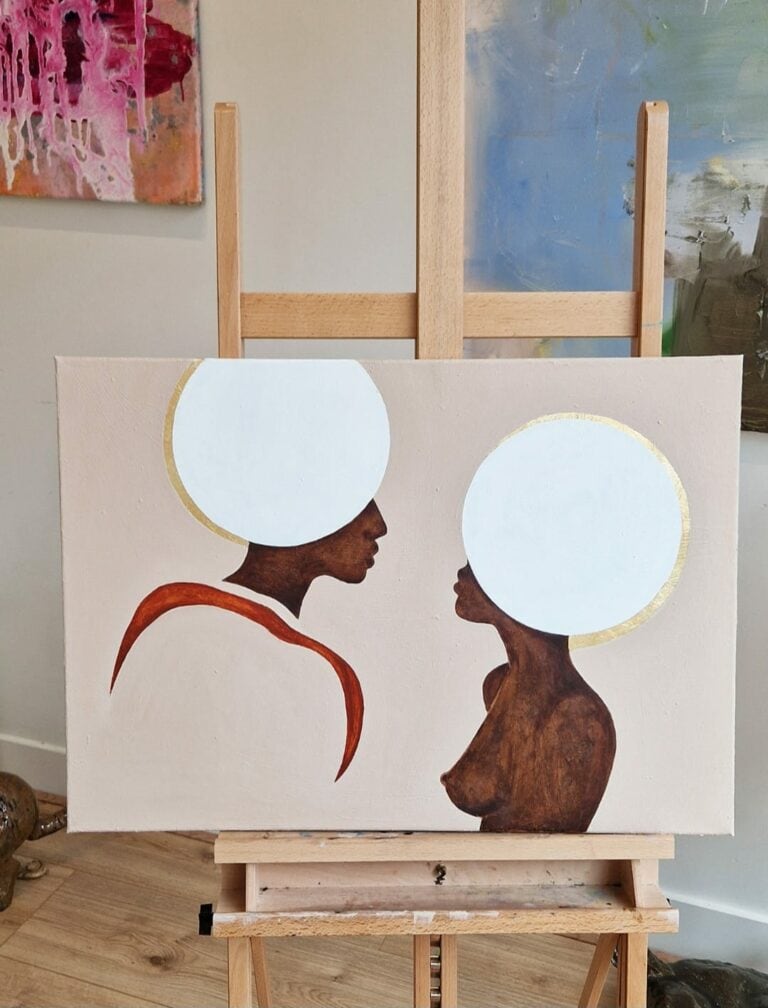
5 November 2020
Tips For a Proper Artwork Submission
Submitting your artwork in the right way it’s essential for receiving good feedbacks and results.
An artist’s statement and a proposal will give the organization or platform you are talking to a professional image of who you are. It’s implied how the grammar and spelling should be impeccable, but the true big fish to capture is the buyer’s attention.
It’s hard to find the right words to define your art, and this will probably be one of the main challenges an artist will face in his career.
Your artist statement is a medium-length paragraph to deepen your work methods, research, and meaning. You may think that your work says all it needs to say as a stand-alone piece, while potential clients may need more to understand your art.
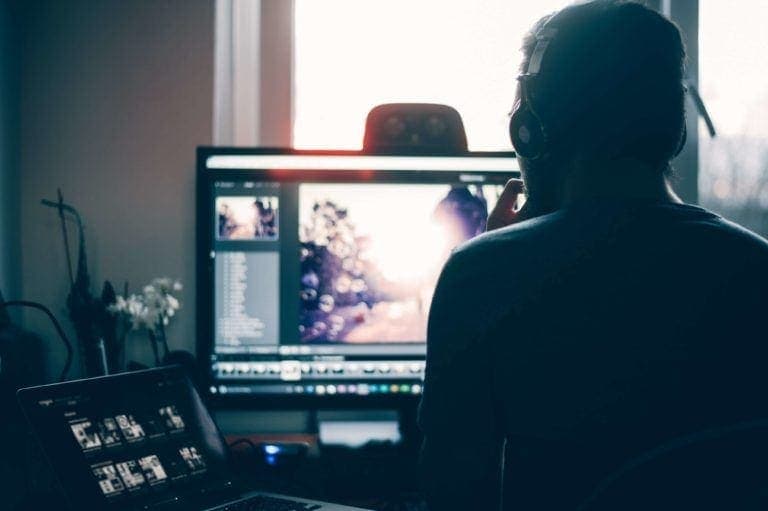
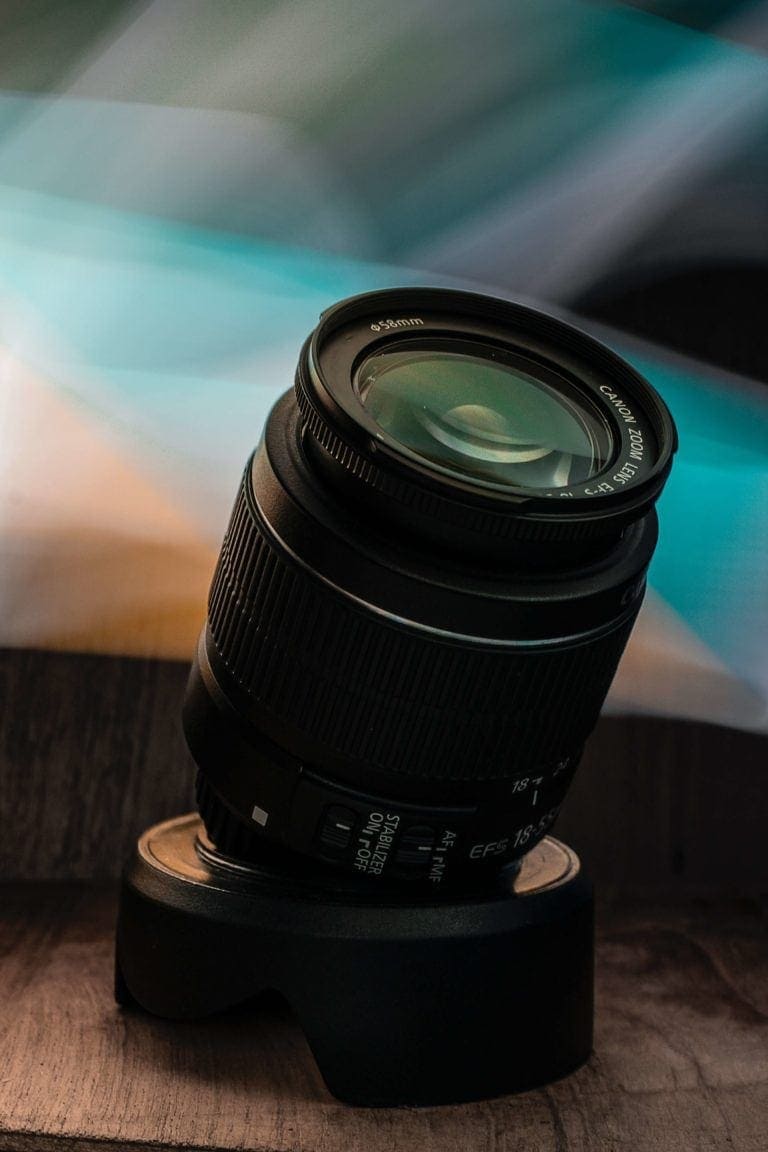
You may find it helpful to have someone unfamiliar with your work yet possibly knowledgeable with art to review your submission before sending it off. Finally, put yourself in the shoes of the busy person reading it.
Is your contact information easy to find?
Do your sentences convey your thoughts clearly and succinctly?
Try to be clear and direct. No one has too much time to spend on something confusing.
One of the difficulties the emerging art market encounters is promoting unknown artists to an ambitious audience. For this, the images of your work are the primary tools to catch people’s interest. To do this properly, documenting your work is vital and will quickly push you to be considered an entrepreneur. It’s your work you are taking care of, so be precise, transparent, and straightforward; It will make a potential client more likely to invest in your art.
Give every art piece a title; even if it’s untitled, give it a number so no one may get confused.
Include in the artwork’s description enough details about the size, materials, and techniques used. People want to know these technical features.
Have a professional take high-quality photographs of your artwork, as art is selected by the image shown.
Although this might seem expensive, it is a long-term investment we suggest you take.
Explain to the photographer (if you can have a photographer) the guidelines requested and friendly ask him to be there while he shoots your work, so you might also learn the basics of how to do so by yourself if necessary!
Here are some useful links for you:
How to Photograph your Artwork for a Portfolio or the Internet
Related Posts
Art Events
Bloom into Spring with our Flower Press Ceramics Workshop
Discover the beauty of flower-pressed ceramics in this hands-on workshop! Over two captivating hours, you'll learn to create a unique hand-built plate using dried blooms and other natural elements. Whether you're a beginner or seasoned artist, Lorena will guide you step-by-step as you explore this enchanting decorative technique.
Art Events
Portrait Drawing Masterclass: explore lines, shapes and expression
I’ll guide you through some basics of creating a portrait using pencil and some other additional materials. What is really important for you to learn is to observe and pay attention while drawing someone’s portrait. As an academically trained painter I spent countless hours improving my portrait drawing skills, which I will be very happy to share with you. Knowledge has no meaning, if it’s no shared.
Art
That’s Life – Annet van Belkom
In her newest series, That’s Life, Annet draws inspiration from the song ‘That’s Life’ by ‘Scorz’ to express the idea of life happening in cycles. The introduction of the electronic music track is accompanied by a beautiful story about life and reflects on the idea of who we are as humans and the continuity of […]




